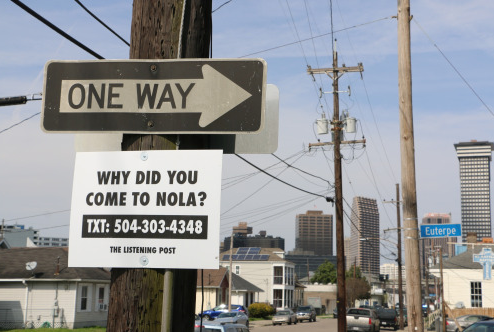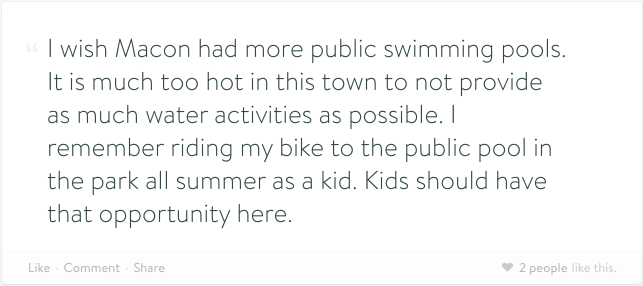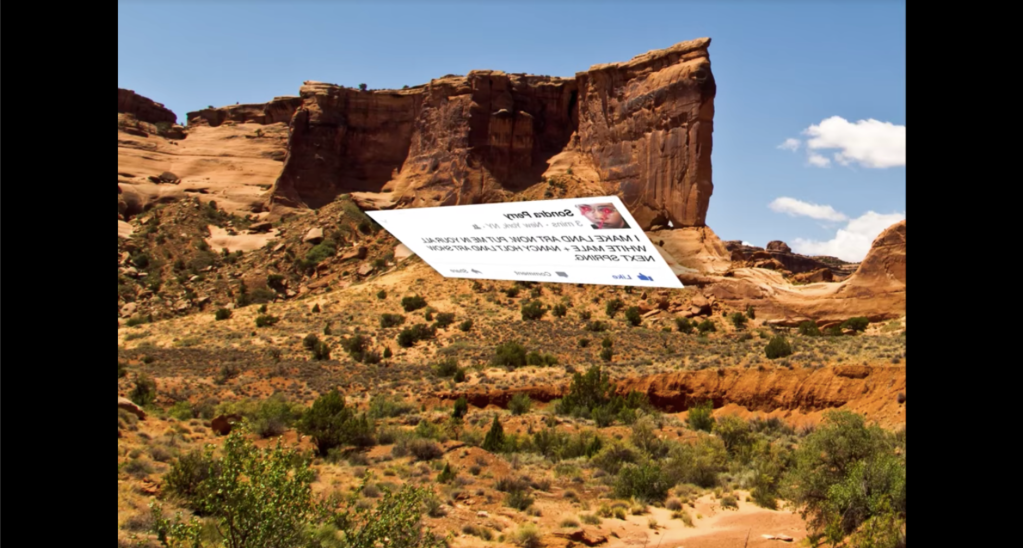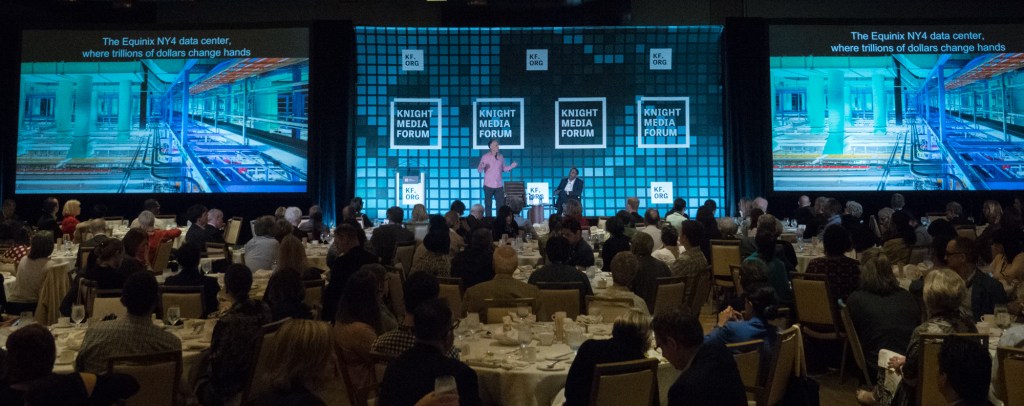
A new vision for local that starts with listening

Here are two perspectives from two cities that are building community-wide listening posts using GroundSource, a community engagement platform founded in 2013 with support from the Knight Prototype Fund.
The post was updated on Monday, Aug. 17, to add an email address for the New Orleans Listening Post.
For generations, newspapers provided communities with the information they needed to make key decisions about their future. Television did too, though the newspapers tended to set the news agenda.
But newspapers no longer hold the sway they once did, and their revenues are declining as rapidly as their reach. That leaves a gap, which — viewed from another angle — is an opportunity: to imagine an entirely new, local information ecosystem that aspires to the historical influence of local newspapers, yet redefines the relationship with the community from a “we give you the information we think you need / will click on” approach to “we build the news together, as a conversation.”
This is “news as collaborative intelligence” as Tom Rosenstiel, executive director of the American Press Institute, put it in his recent report for the Brookings Institution. It’s a new kind of local news service that can grow up to fill holes left behind by the decline of our traditional modes of community news — and one that works across platforms and across media. “The great crisis for American journalism and democratic society shouldn’t be thought about at the platform level,” Rosenstiel writes, “newspapers versus online or television versus streaming, social media versus traditional. It should be understood at the civic and geographic level. The crisis is local.”
A few of us have leapt into the fray to build a new path forward for local journalism — a more engaged, raw, community-first approach. One that marries the skills of community organizing with techniques to engage people using social and mobile technology in new ways.
The result is a small, growing network of “listening posts” that provide cities with an inclusive, engaging way to join a conversation about their community that can flower into a viable, sustainable local information exchange.
The listening posts are powered by GroundSource, the community engagement platform I created after leaving American Public Media’s Public Insight Network more than two years ago.
GroundSource enables community-based newsrooms and other organizations to directly message their community via SMS to spark a conversation, and publish what’s said to an interactive, publicly available feed.
The first two listening posts are in Macon, Ga., and New Orleans.
Jesse Hardman on the New Orleans Listening Post:
When I looked at the GroundSource response feed for my Listening Post project on a recent Monday morning, I was met by this message: “We came to grieve. We came to celebrate. We came from Missouri to bury Ben, a beautiful artist taken too soon by a heartless, careless hit-and-run driver.” It was from a family member of a New Orleans based artist who had been killed by an SUV the previous week while riding his bike.
For the past six months I’ve been placing signs around New Orleans with simple questions, and the opportunity to respond to a local phone number. This somber SMS was in response to my sign, “Why did you come to NOLA?” It’s one of seven different questions I’ve posted around town: “Why are you mad,” “what’s for dinner,” “what’s missing in New Orleans,” “who do you love,” and a few more. Responses are often anecdotal, from the succinct, “I love a confused ass man,” to the epic; one guy wrote this 1,200-character text tome about how he came to call New Orleans home.
I’ve been building a community media engagement project called the Listening Post for the past two years here in New Orleans, a town, as I lay out in this op-ed, with information flow challenges. After conducting an information needs assessment around town, I set about engaging the public here.
I set up cardboard sculptures (in the shape of a tree, lamppost and fish) that contained recording equipment in places like libraries and community centers. I made speeches at neighborhood meetings and local cultural events, inviting people to text message my project.
All of this effort has been to grow a list of sources that I manage through GroundSource, and can text message every week or so with a short survey on a local news topic. This gives people some hyperlocal news they might not otherwise get, and it allows them to share information and experiences with me. Their responses are shared online and in a periodic radio show aired on the local NPR affiliate, WWNO.
What I’ve learned so far is that if you connect with people offline, FIRST, you have a lot better chance of building a longer-term information relationship with them. Our project signs are modeled off of makeshift signs that appeared after Hurricane Katrina, offering cash for blighted houses, lawn mowing services and more.
And we’ve put them both at highly trafficked intersections, and deeply embedded into neighborhoods. Our participation in the project has doubled since we started this latest innovation. It’s enabled us to be all over the city, on any given day, and available to people, regardless of their access to a computer, or even a cellphone.
Even if they just see the sign, they at least feel invited to think about a question, to be included in the conversation that’s happening around New Orleans about the future of this city. Our goal is to facilitate a conversation in whatever way is most convenient for people, online or off.
Andrew Haeg on Listening Post Macon
In Macon, we’re building on Jesse’s lessons in New Orleans and adding our own twists. We’ve bought ads on bus benches, promoted the phone number to text or call into on Georgia Public Broadcasting and in the newspaper, and are planning public art installations and projections on the side of prominent buildings downtown.
In the last several weeks, we’ve received more than 100 text and audio responses to prompts such as “I wish the mayor would … “ and “What’s good in your hood?” As in New Orleans, responses range from pithy (I wish Macon had a Trader Joe’s) to profound (“I wish Macon would heal its racial divide.”). Using GroundSource, we monitor a feed of all responses, and publish responses that are intelligible and abide by basic standards of decency to a public feed embedded in a responsive mobile site.
Journalists at Georgia Public Broadcasting are monitoring the feed, and have already produced a few stories that bubbled up on the Listening Post — one on why buses don’t run on Sundays, and another on why recycling is so difficult to do in Macon.
One response we published wondered why Macon didn’t have more public pools. For a town that routinely hits 95, humid, breezeless degrees at the height of summer, it seemed like a perfectly good question — and one whose answer appears (like so many issues in this town) to trace its roots back to race and segregation. In any case, it’s one of those questions people in communities everywhere have, but without the right channels to ask it — and the right people listening — they might not get the answers they deserve.

A county commissioner and a local church are beginning to use GroundSource to engage their constituents, and share what they hear back on the Listening Post and the local TV station WMAZ is starting to monitor what people are saying to inform their coverage. The mayor’s office has started to actively track responses too.
We continue to experiment to get more community organizations on board, help them build their community of sources, and give sources a better, more elegant interface to identify shared concerns and rally around them.
As we refine the technology and get the model down in Macon and New Orleans, we’ll be expanding the concept of the Listening Post to other communities. If you’re interested in creating a listening post in your community, get in touch by e-mailing me at [email protected], or email the New Orleans Listening Post at [email protected].
The Knight Prototype Fund helps innovators take early-stage information ideas from concept to demo. Participants join a cohort of other projects, receive human-centered design training and typically spend six months developing their ideas. The next deadline is Aug. 17, 2015. Apply at prototypefund.org.
Recent Content
-
Artsarticle ·
-
Artsarticle ·
-
Communitiesarticle ·


